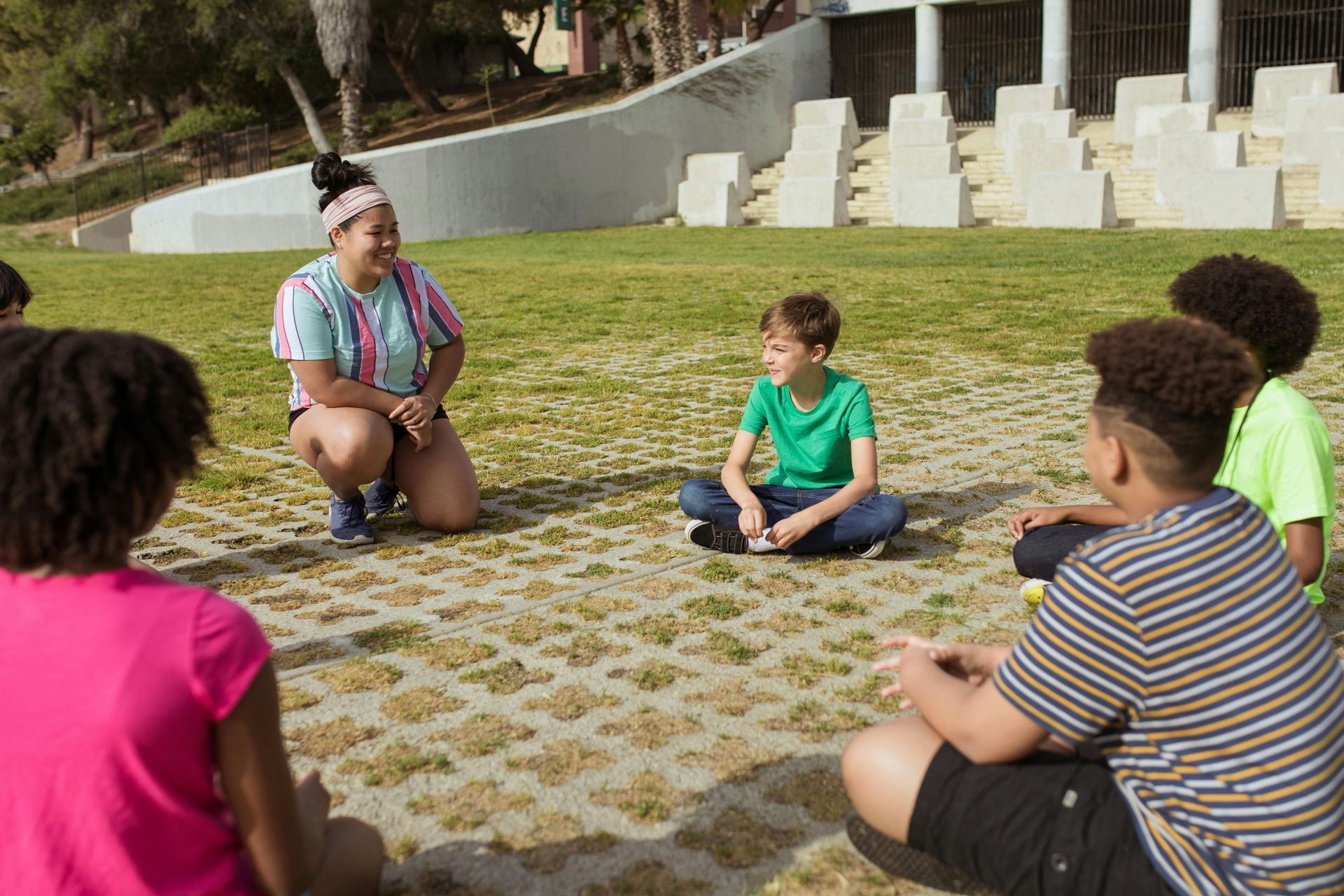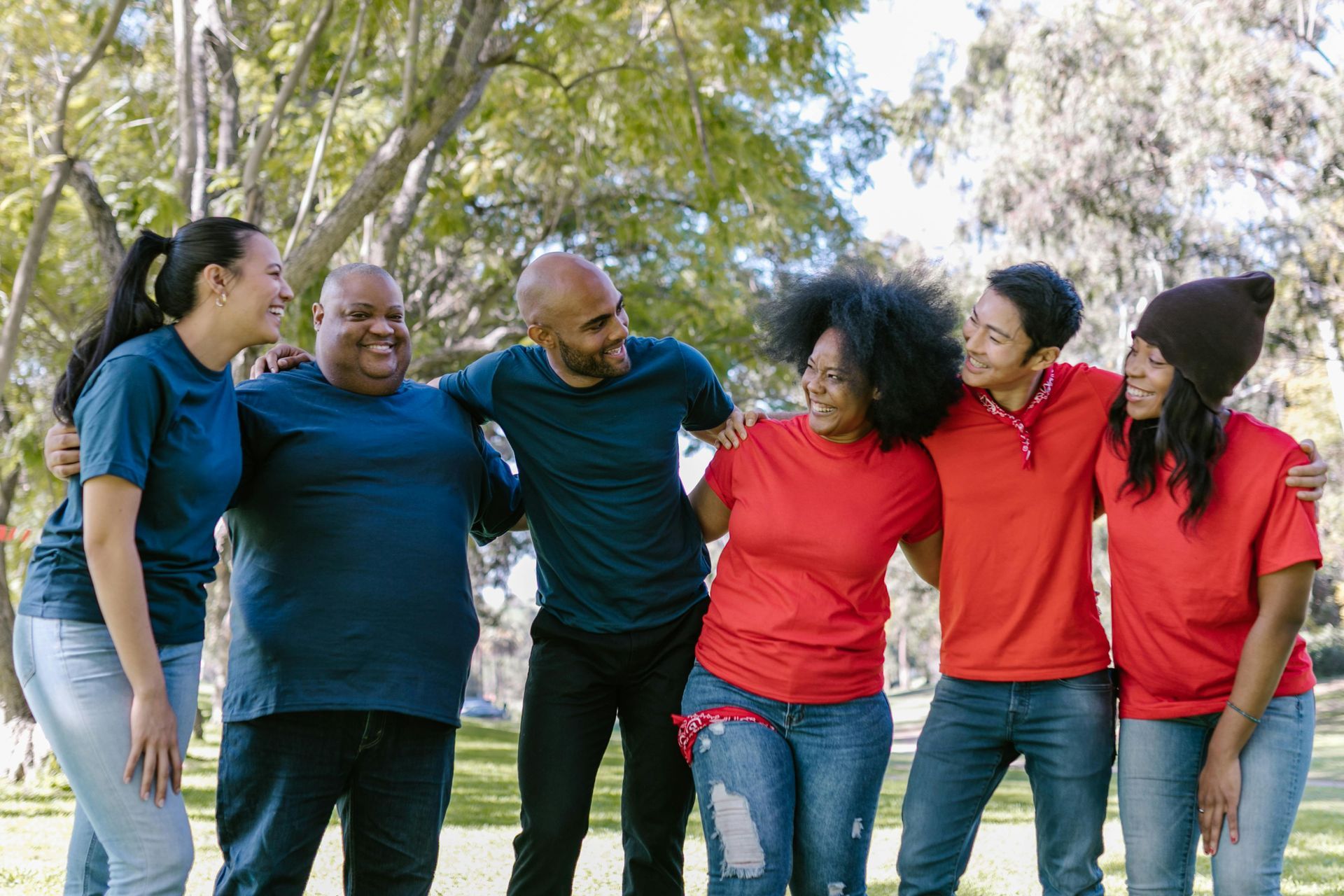Communications - The Unspoken Risk
Why Your Excursion Needs a Bulletproof Communication Plan

When you're managing a school excursion with multiple trip leaders, clear communication isn't just a "nice-to-have" it's the invisible thread holding your entire safety plan together. Without it, simple questions can spiral into logistical headaches, and a genuine incident can become a crisis. When information gets lost, assumptions take over, and response times plummet.
I've been there. I’ve stood on a sprawling campus trying to coordinate with a team spread across three different locations, relying solely on mobile phones. You can guess what happened next: one leader had no signal in the basement of a museum, another’s phone battery was dying, and a simple headcount suddenly became a 15-minute ordeal filled with unnecessary stress. It’s a scenario that plays out too often, and it's completely avoidable.
A robust communication plan is the cornerstone of managing risk and delivering on your duty of care. Here’s how to build one.
1. Establish Primary and Secondary Channels
Hope is not a strategy, and a single point of failure is a risk you can't afford. Always establish a primary and a secondary method of communication before you leave.
Primary Channel: This should be your go-to for instant, group-wide updates. Two-way radios are often the gold standard they're rugged, independent of mobile networks, and allow for immediate one-to-many communication.
Secondary Channel: This is your backup and can be used for non-urgent messages. A dedicated group chat in an app like WhatsApp or Signal is perfect for sharing photos, sending quiet updates, or for when the primary channel is busy. The backup could also simply be phone calls for critical one-to-one conversations.
2. Define a Communication Rhythm
Don't wait for something to go wrong to start talking. The most effective teams operate on a defined communication rhythm. This means setting scheduled, mandatory check-ins.
This could be as simple as a quick "all clear" message every hour on the hour, or a more formal check-in before and after every major transition (e.g., "Group A has left the exhibit and is heading to the lunch area"). This proactive approach ensures everyone stays informed and prevents the dangerous "no news is good news" mindset from taking hold.
3. Assign Clear Roles and a Point Person
In an emergency, confusion is your enemy. Every leader on the team needs to know who the designated lead contact is for any given scenario. Before the trip, clearly define:
- Who is the overall excursion lead?
- Who is the primary contact for first aid incidents?
- Who is responsible for communicating with the school or parents?
Assigning roles eliminates the bystander effect, where everyone assumes someone else has it covered. When an issue arises, the team will know exactly who to contact, ensuring a swift and coordinated response.
4. Embed Communication in Your Risk Assessment
Your communication plan shouldn't be an afterthought; it should be a formal component of your pre-trip risk assessment. We put this on page 2 of every Xcursion Planner Risk Assessment as it's critical information. By documenting it, you force yourself to think through the "what-ifs.":
- What is the procedure if the primary channel fails?
- What is the protocol if you can't reach a trip leader?
- What is the emergency signal or code word for a serious incident?
- What is the physical meeting point if all electronic communication is lost?
It’s More Than Logistics - It’s Your Safety Net
Ultimately, clear and reliable communication does more than reduce delays and improve accountability. It builds a powerful safety net around your students and staff. It empowers your team to act decisively, strengthens your duty of care, and ensures that even when your group is spread out, you are always connected and in control.











